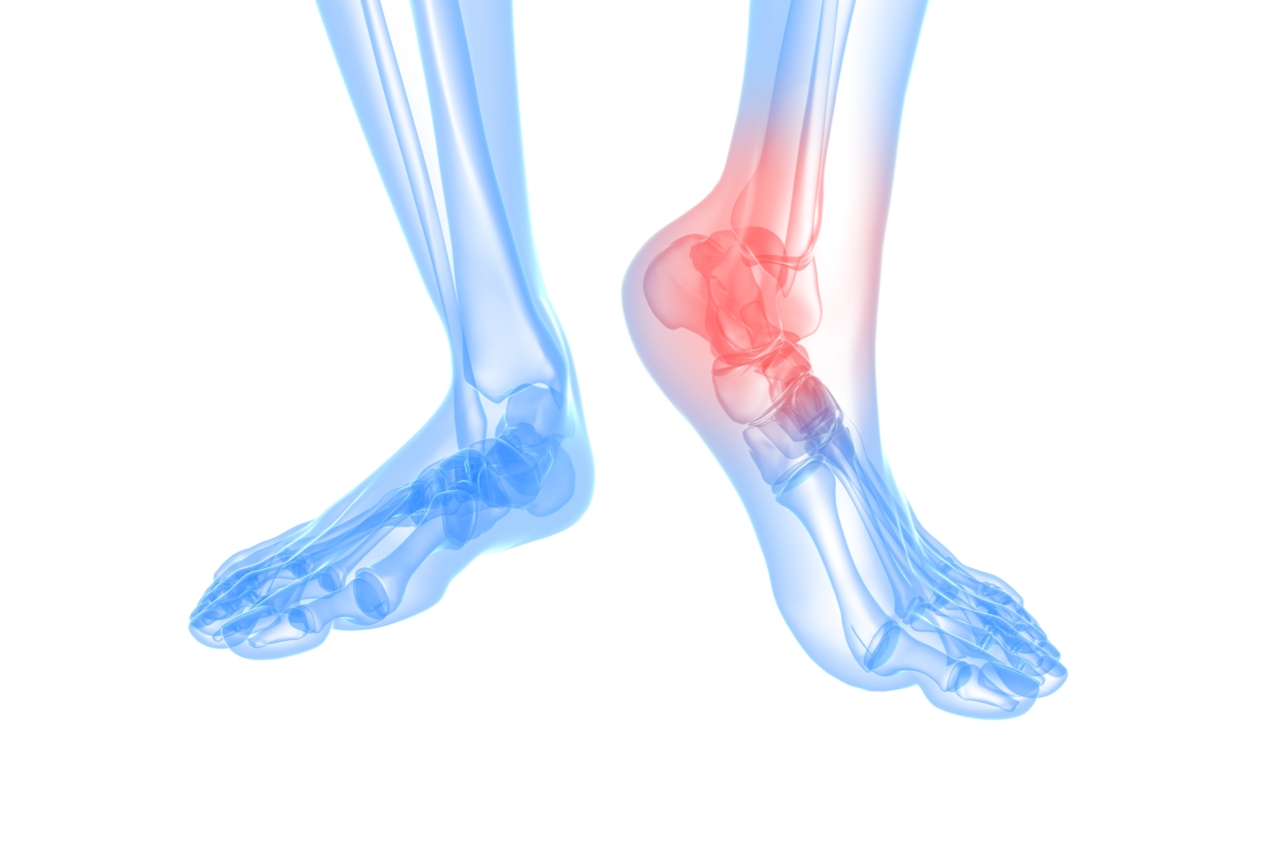We can’t deny the great convenience of being able to access the internet anywhere and anytime. We’re now easily able to log in from home, school, work, shopping centres and even public transport.
Despite this convenience, almost all of these environments that we are exposed to on a daily basis filled with Electromagnetic radiation (EMR).
What is the impact of this exposure on our health?
Radiofrequency
Wireless networks used by cell phones, computers, Bluetooth speakers, and other WiFi-powered devices stream invisible radio waves through the air. This is a form of radiofrequency radiation.
Radiation is the energy that comes from a source and travels through space. For instance, an electric heater functions by heating metal wires, which then radiate that energy as heat.
Radiofrequency radiation is a type of electromagnetic radiation, a combination of electric and magnetic fields that move through space together as waves. Electromagnetic radiation falls into two categories:
- Non-ionizing radiation: Usually known to be harmless to humans through Cell phones, Bluetooth, light bulbs, computers, Wi-Fi routers, FM radio, GPS, and TV.
- Ionizing radiation: High energy radiation with the potential for direct cellular and DNA damage, through X-ray machines, radioactive material, nuclear fission, nuclear fusion, and particle accelerators
How does it work?
Radio frequencies aren’t visible to the human eye and are measured in units called hertz. This represents the number of cycles per second a radio wave is transmitted.
One hertz equals one cycle per second. Radio waves range from thousands (kilohertz) to millions (megahertz) to billions (gigahertz) of cycles per second.
How can radiofrequency radiation affect your health?
The radio frequency signals from cell phones, Bluetooth and Wi-Fi, are considered nonionizing forms of radiation. Thus, they don’t carry enough energy to directly break or alter your DNA, one of the risk factors for cancer. Thus far, there are no studies or evidence of the dangers of radiofrequency radiation. The WHO is still evaluating and continually updating data on how radiofrequency might affect our health.
That said, it is advisable to practise caution when regularly exposed to radiofrequency radiation devices, for their effect may not be as drastically, or clearly noticed as extreme radiation (such as
Reduce the dangers
- Keep your cell phone at a distance, especially away from your head and body
- When you do use your phone, try texting or video-calling, use the speakerphone on your device or a wired or Bluetooth headset rather than holding the phone to your ear
- Carry your phone in a bag instead of putting it in your pocket.
- Avoid resting your tablet on your body for a long period of time.
- When you go to bed store your phone away from where you sleep, switch it to aeroplane mode, or turn it off entirely.
Protect your home
- Unplug appliances when not in use to avoid wasting energy and to reduce the levels of EMFs emitted in your home.
- If you spend a lot of time in your room, be sure to clear it of as many EMFs as possible. Technologies can affect your sleep as well as your DNA.
- Avoid halogen and fluorescent lighting.
- If you do use Wi-Fi, unplug it when it’s not in use and be sure to keep the router away from areas where you or family members spend a lot of time. Avoid unnecessary wireless technologies around your baby, many generations have survived without these, you can too!
Eat a healing diet
Protect your body from the possible effects of EMFs by eating nutrient-rich foods. High Oxygen Radical Absorbance Capacity (ORAC) foods can help to support your body in preventing EMF-related DNA damage
Add these beneficial options into your diet:
- Cruciferous vegetables, broccoli, rosemary, asparagus, blueberries, pomegranate seeds, walnuts, pecans, prunes, cinnamon, dates, and cilantro.
- Vitamin D3, spirulina, B-complex vitamins, melatonin, holy basil, omega-3 fatty acids, selenium and zinc.
References:
- https://www.consumerreports.org/radiation/do-i-need-to-worry-about-radiation-from-wifi-and-bluetooth-devices/
- https://searchnetworking.techtarget.com/definition/radio-frequency
- https://www.fda.gov/radiation-emitting-products/cell-phones/radio-frequency-radiation-and-cell-phones
- https://draxe.com/health/electromagnetic-radiation/



